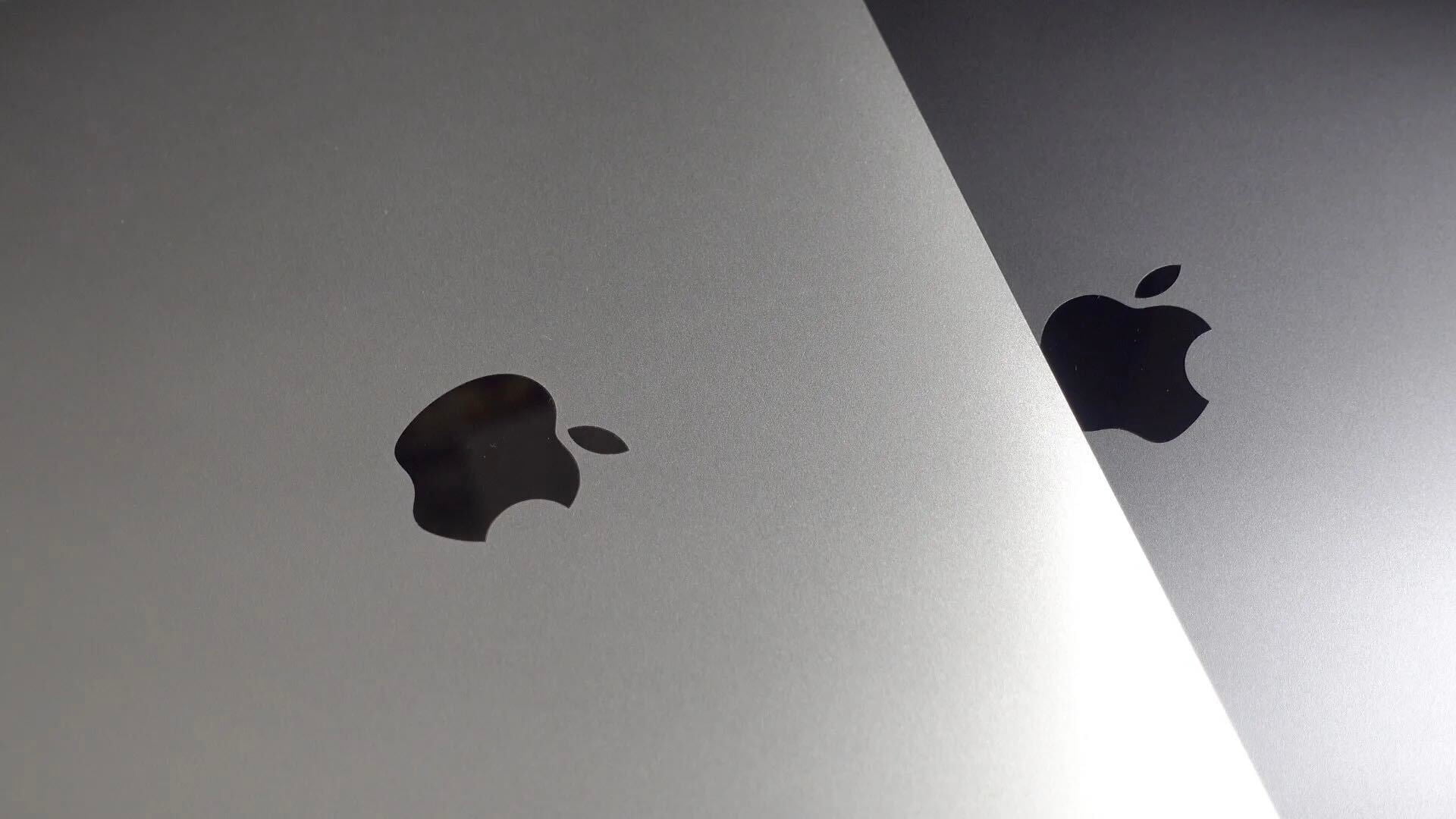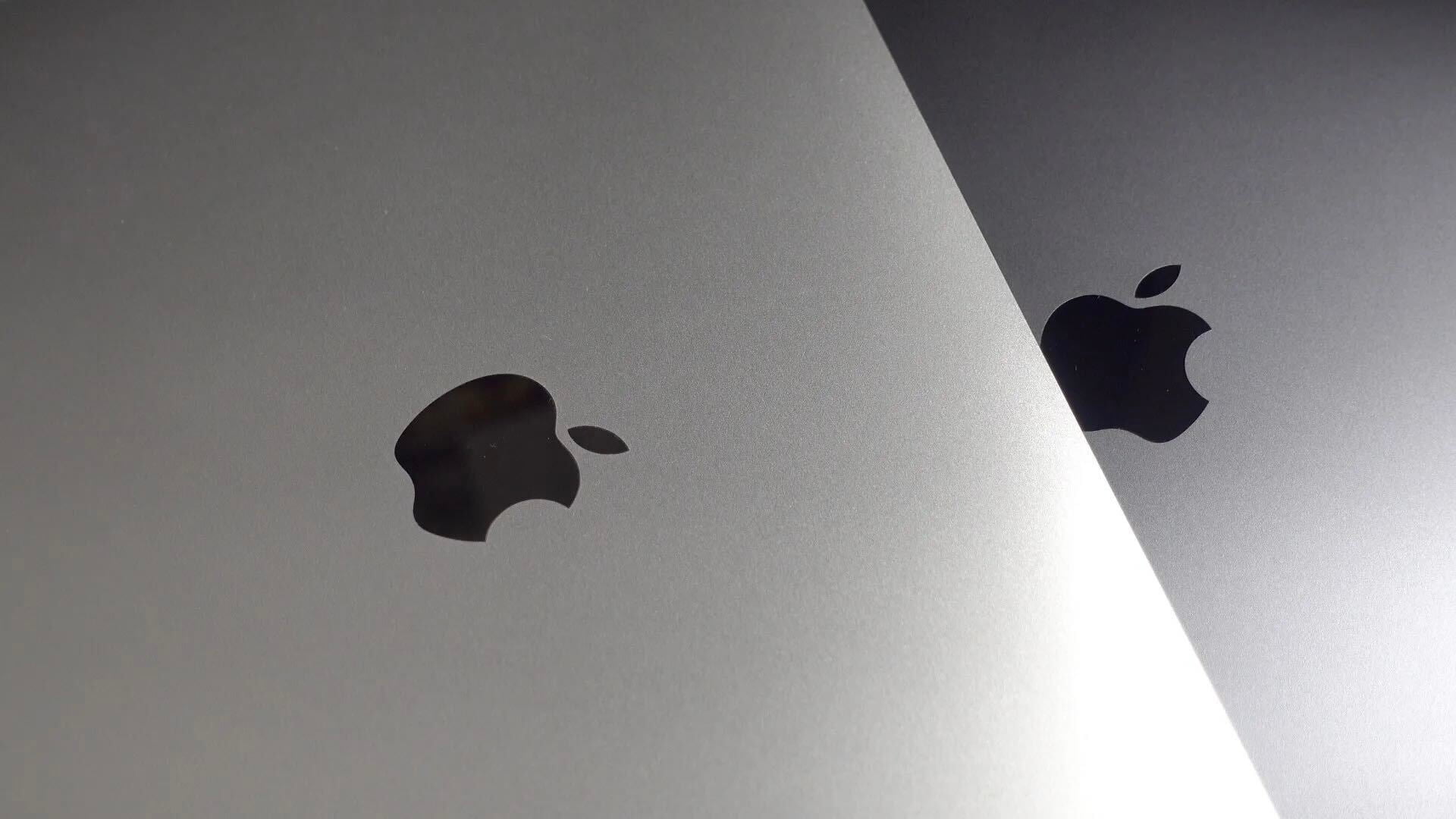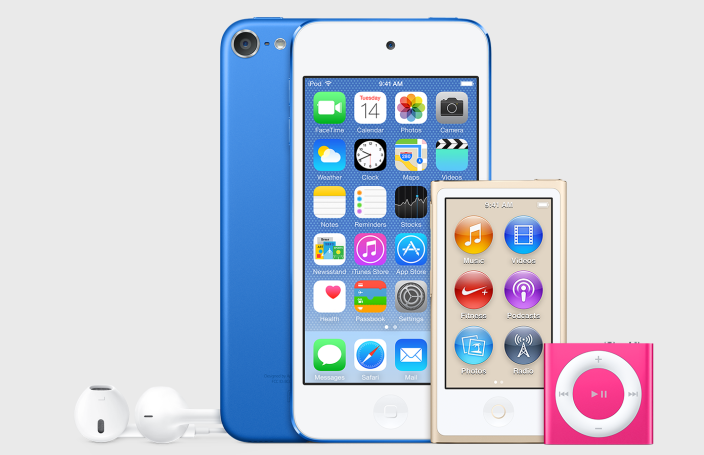
I wasn’t a fan of Harman Kardon’s Soho headphones when they debuted a year ago, but the reason was unusual: they were seriously uncomfortable. Soho was a much smaller, wired version of Harman’s gigantic Bluetooth wireless headphone BT, notably using relatively tiny 30mm speakers instead of the 40mm drivers found in BT and many rivals, including Beats’ Solo 2 and Solo 2 Wireless. Something was off during Solo’s design or manufacturing process, because its steel headband felt like a vise on my head, an issue I hadn’t previously encountered while testing hundreds of other headphones.
Believe it or not, I’m glad that Harman didn’t give up on Soho, because the latest version Soho Wireless ($250) actually fixes most of its predecessor’s flaws. It’s a sharp-looking headset, and though it continues to use anemic 30mm audio drivers, Soho Wireless is markedly smaller and more comfortable than before. As the name suggests, it’s now capable of operating in a fully wireless mode using Bluetooth 3.0, with a usable range well in excess of the standard’s 33-foot minimum. And Harman has upgraded the design and materials a little, apart from including a simpler soft carrying case rather than a larger, heavier box.

The two biggest changes in Soho Wireless’s design are tweaks to the headband and the on-ear drivers. Although the new headband could still benefit from padding under its leather wrapping, Harman has thankfully revised the shape to feel natural rather than vise-like on your head–a critical improvement that makes Soho Wireless actually wearable.
The speakers are now behind cushioned leather rather than fabric, which lets this version of Soho surpass the luxury of Bowers & Wilkins’ P3 rather than just matching it. If anything, Soho Wireless is gentle on the ears even after you properly adjust the pull-down arms, which permits a little ambient noise to leak in—you don’t get the ear seal of Beats’ Solo 2, but there isn’t obvious audio leaking out at regular volumes, either.

Harman has also made a couple of changes to Soho’s cabling and controls. On Soho Wireless, the included 3.5mm audio cable is purely optional—slim, fabric-jacketed, and lacking an in-line remote control. The only integrated button is found underneath the right earcup, doubling as a power and Bluetooth pairing control. A similarly-sized box with a USB icon hides a micro-USB port, connectable to an included fabric USB cable to recharge Soho Wireless’s 400mAh battery, for which Harman’s web site, packaging, and manual oddly provide no estimate of run time. When asked, a Harman representative noted that Soho Wireless offers 9 hours of playback after 2 hours of recharging, which isn’t bad at all, but falls a bit short of the 12 hours promised by Beats’ Solo 2 Wireless.

Track controls are hidden on the outside of the right earcup. To change, pause, or play tracks, you now tap or swipe your finger against the flat leather surface using gestures helpfully indicated inside Soho Wireless’s box. When the gestures work, they work, but all it takes is a slight miss of the hidden touch surface and you’ll find yourself re-tapping or re-swiping. Once again, this feature is better than having no integrated controls, but less than ideal.
Sonically, Soho Wireless is a middle-of-the-road performer for its price. As the 30mm drivers inside are atypically small, there are points during listening when they seem to be straining to reproduce the frequency range–notably the bass–of larger headphones such as Solo 2. Head to head, they’re pretty close to Solo 2, roughly mimicking the Beats model’s so-so highs, fine midrange and good mid-bass, but the lowest notes aren’t as punchy or obvious.
We preferred Soho Wireless’s sound in wired mode, as a hint of buzz can be heard in the headphones when they’re operating wirelessly, but the difference isn’t profound. Additionally, a microphone is hidden underneath the right earcup, delivering only OK sound quality relative to the iPhones’ built-in mic system when you need to make phone calls.

The key thing that will make Soho Wireless a viable alternative to somewhat comparable alternatives from Beats, Bowers & Wilkins and others is the aesthetic it delivers for $250. Harman’s choice of chrome and leather is luxurious and mature, giving users the choice between Beats’ more expensive, all-plastic design or something that looks and feels executive-class at a lower price. On the other hand, you’ll compromise somewhat on audio quality, which may or may not be important to you. Soho Wireless is a big step in the right direction for Harman, but definitely not the last stage in the evolution of its wireless headphones.
Read more of my reviews here, as well as our premium headphone guide, and some of my personal top headphone picks.






